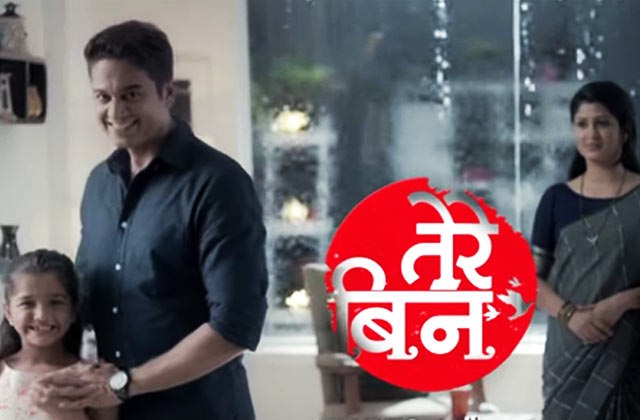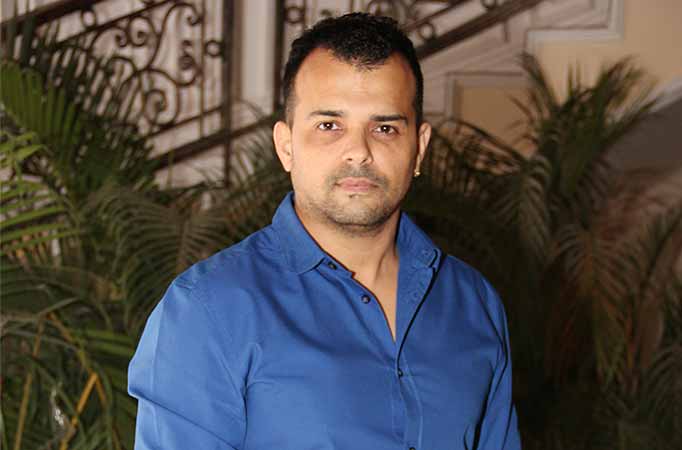
Vinod Khanna dies aged 70: The original debonair leading actor, with classic good looks
With Vinod Khanna’s end, an incredible piece of film memory and even adolescence for large portions of us arrives at an end. For somebody who at first picked up prominence as a main scoundrel, Vinod Khanna would be perpetually recognized as a standout amongst the most prevalent driving men ever in Hindi silver screen. He was as flexible as Hindi silver screen requested and played the lowlife in Aan Milo Sajna (1970), a capable second lead in Sachaa Jhutha (1970) and a sidekick in Purab Aur Pachhim (1970) with equivalent élan. The star that went from being a first class miscreant, for example, Jabbar Singh in Mera Gaon Mera Desh (1971), a character frequently observed as a forerunner to Sholay’s (1975) Gabbar Singh to the one bound to end the Amitabh Bachchan juggernaut in the late 1970s, Khanna, from multiple points of view, stays unbeatable. However in a vocation spreading over crosswise over five and a half decades from Man Ka Meet (1969) to Dilwale (2015), Khanna remained the best second-best.
Vinod Khanna passes on matured 70; early show symbol had been doing combating disease
Vinod Khanna passed away matured 70, after an extended fight with disease
Vinod Khanna passed away matured 70, after an extended fight with disease
Having made his presentation in Man Ka Meet, a film that Sunil Dutt made to dispatch his more youthful sibling, Som, to keep a guarantee made to their mom, Khanna was the best thing to leave the forgettable film. Viewing Khanna in both Aan Milo Sajna and Sachaa Jhutha where he played a cop determined to capture an ace criminal (Rajesh Khanna) there is little uncertainty that he was cut from an indistinguishable texture from any of the main men he shared the screen with. Film groups of onlookers love the underdog and Khanna in an angled manner spoke to that model yet in the meantime winked at them to propose that he could without much of a stretch impede the “legend” on the off chance that he so wished. Maybe this was a major calculate his developing fame where his characters particularly inAan Milo Sajna and Reshma Aur Shera (1971), a film where he and future consistent co-star Bachchan shared the screen surprisingly, seemed to do what they truly needed (read be screw-up or lowlife) instead of the prude legend. The way that his supposed first film as the main man, Hum Tum Aur Woh (1971) discharged in an indistinguishable year from two of his most continuing screen excursions – Mere Apne (1971) and Mera Gaon Mera Desh – and we barely recall the one where he was the standard lead says it all.
Vinod Khanna passes away, Twitterati grieves with tributes: ‘Unique style symbol of Bollywood’
In spite of demonstrating the best range among the then more up to date driving men, for example, Amitabh Bachchan and Rishi Kapoor, Khanna was never thought to be the hotshot. He could go from an understudy political dramatization like Gulzar’s Mere Apne to a daku activity flick like Raj Khosla’s Mera Gaon Mera Desh to a super cop in Dhamkee (1973) to a covert cop who penetrates a posse in the escapade Gaddaar (1973) to the extraordinary human show Achanak (1973), which was motivated by the well known K.M. Nanavati trial. Maybe the spotlight was excessively centered around Bachchan being hollowed against the “other” Khanna, Rajesh — a genius who was losing his touch — for Vinod Khanna to be seen as the contender.
In the mid 1980s, Khanna quit movies to join otherworldly master Osho’s cooperative. Now, Bachchan, as well, chosen to focus on solo ventures and quit being a piece of a gathering, for example, Amar, Akbar, Anthony (1977), Trishul (1978) or Kala Patthar (1979). There is a mainstream discernment where fans, reporters and spectators of Hindi silver screen trust that Khanna was truth be told, superior to Bachchan and from various perspectives was the special case who could have usurped him had predetermination not played up.
Stills from some of Vinod Khanna’s movies
Stills from some of Vinod Khanna’s movies
There is most likely Khanna had every one of the elements of being a top film industry draw, and was the second or the third greatest star between the mid and late 1970s after Bachchan, Rishi Kapoor and Dharmendra. In any case, to state that he didn’t experience the potential because of a terrible hand managed by destiny would be marginally off-base. The one parameter by which performing artists are named “stars” and “others” is the impact they employ with regards to throwing – Gulzar would not have made Meera (1979) had Hema Malini denied the film, Laxmikant-Pyarelal rejected Gulzar’s Meera in light of the fact that Lata Mangeshkar would not like to sing the melodies, Salim Khan and Javed Akhtar were inflexible that if Bachchan wouldn’t play the lead in Deewar (1975) they would not part with the script, and so forth. Indeed, even at the stature of his ubiquity Khanna never “spooked” Bachchan as much as a Shatrughan Sinha.
Legend has it that Feroz Khan had initially needed Bachchan to include in Qurbani (1980), the film that is presently synonymous with Khanna and Vijay Anand, as well, had pursued Bachchan for Rajput (1982) where at the end of the day Khanna had supplanted him. Contrast that and Shatrughan Sinha; Bachchan made a direct route to go to G.P. Sippy’s gathering even with a high fever when he learnt that the wholesalers were pitching for Sinha to play Jai in Sholay and later post-Kala Patthar and Dostana (1980) it is said that Bachchan declined to do two-legend ventures with Sinha.
Tear Vinod Khanna: Five movies for which we will recall the showy, flexible performing artist
Amusingly Khanna’s second innings when he came back to movies with Insaaf (1987) was superior to the one Bachchan had after his spell in governmental issues. It is here that one gets a look at how Khanna would have “matured” preferable as a main man over even Bachchan (before this celebrated third innings with Mohabbatein [2000]) for the straightforward reason that while Bachchan thought that it was hard to hit an indistinguishable notes from the ‘Furious Young Man’, Khanna basically exceeded expectations at depicting a main man in his mid-40s with movies like Insaaf, Satyamev Jayate (1987), Chandni(1989), Batwara (1989) and Jurm (1990). His characters were nearer to genuine living, at any rate inside the domain of prominent Hindi silver screen than any of his counterparts appropriate from Bachchan, Dharmendra, and Shatrughan Sinha. Indeed, Khanna may have appreciated a more drawn out spell with hits like Jurm however his notoriety endured a noteworthy blow when he began announcing late on sets and was the reason for deferrals for some movies.
Khanna started the 1990s with one of his most seasoned co-stars, Dharmendra in Farishtay (1991), yet another film where the maker, Sattee Shourie, pointed the finger at him for the ceaseless deferrals. Be that as it may, when Bachchan all of a sudden rediscovered his score with a variety of the Angry Young Man in Agneepath (1990), Khanna, in a squint of the eye turned into a “character” performer. He played Salman Khan’s repelled senior sibling in Nischaiy (1992) and inside a year he was consigned to playing uncle and father to on-screen characters like Sanjay Dutt in Kshatriya (1993) and Aamir Khan in Parampara (1993) individually. Despite the fact that he never imparted the screen to Aamir in Parampara, or Saif Ali Khan, who played his child too in a similar film, Khanna for all expectation and purposes had traversed to the baap-bada bhai assortment of parts. The star that until the very end exemplified the great driving man great looks, Vinod Khanna will everlastingly remain the first nonchalant.






Comments (0)